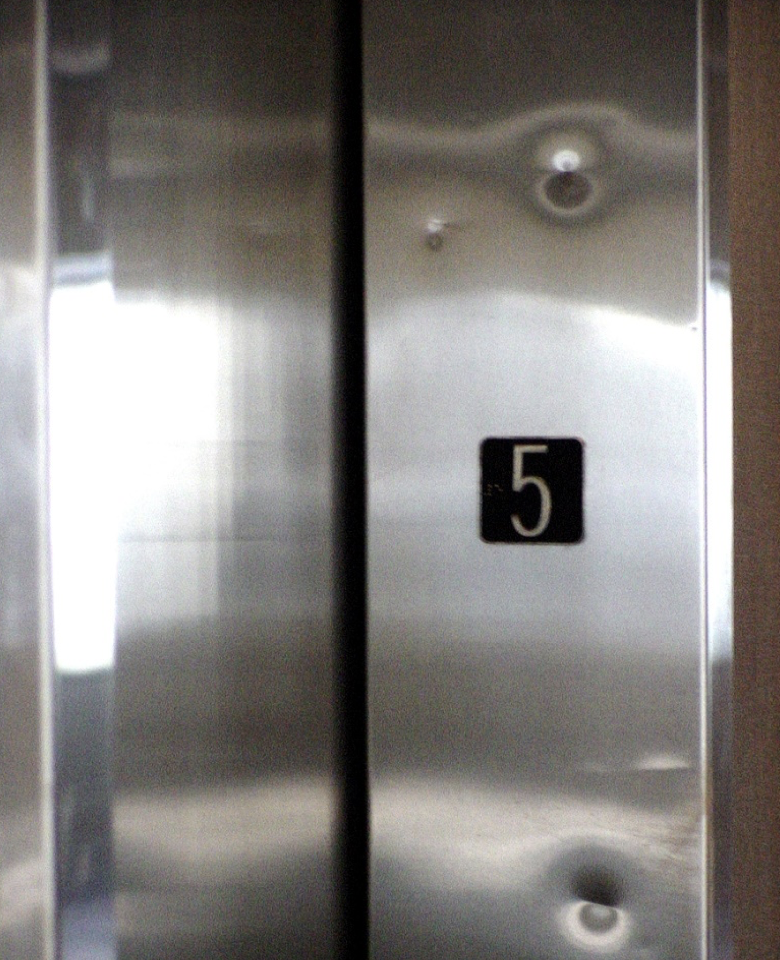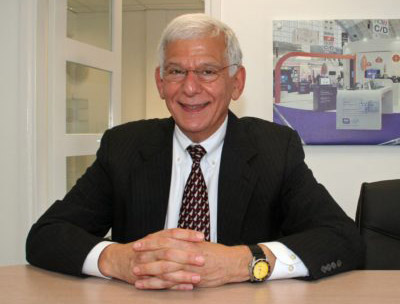Large companies are always moving. When companies are not growing and expanding, they are shrinking, consolidating and storing furniture. Big companies are always doing something.
If they are presently using a mover, why would they fire your competitor to hire you? The number one reason for switching? They feel their present mover takes them for granted because they are:
Unreliable—they don’t show up for a small move. It’s hard to believe but some movers really do miss a scheduled move. When they do, they offer a fantastic alibi, such as “our truck crashed.”
Late—they regularly miss their arrival time, causing department heads to miss or delay meetings and appointments while waiting for their mover.
Unprofessional—their crews are often noisy, loud, rude, impolite, and disrespectful.
Not accommodating—if the customer asks the movers to do something extra, the supervisor refuses, telling them it’s not on their paperwork or they don’t have time because they need to go to another job. Basically, they’re telling one customer that another customer is more important. Never a good strategy!
Inefficient—they’re slow; they stand around or sit in the customer’s cafeteria while on the clock.
Unfamiliar—they get lost in the customer’s facilities because the mover sends different supervisors to the job each time.
Dishonest—they over-charge the customer for labor and material without providing justification or documentation.
Irresponsible—they cause unnecessary damage to furniture, computers, copiers, walls, carpet, and elevators because they’re careless.
Unaccountable—they don’t handle damage claims in a timely manner.
Obviously, all movers aren’t guilty of poor performance but enough are for you to target their customers. If you initially try to take the entire account away at the outset, however, odds are you’ll fail. No matter how bad their existing mover is, the hands-on training required to replace him with a new mover can be overwhelming. Logistic nuances such as where to park the truck(s), how to “sign in,” where to enter the buildings, and what specific equipment is needed all require a huge learning curve. Despite this, I have discovered a “backdoor” approach into winning all their business. Stay tuned because I’ll share that with you in my next week’s post (Part 2).
Be sure to join our Group at https://www.linkedin.com/groups/12060567
For more information on our online office moving training, please visit
https://www.officemoves.com/training/index.html or call Ed Katz at 404.358.2172.










